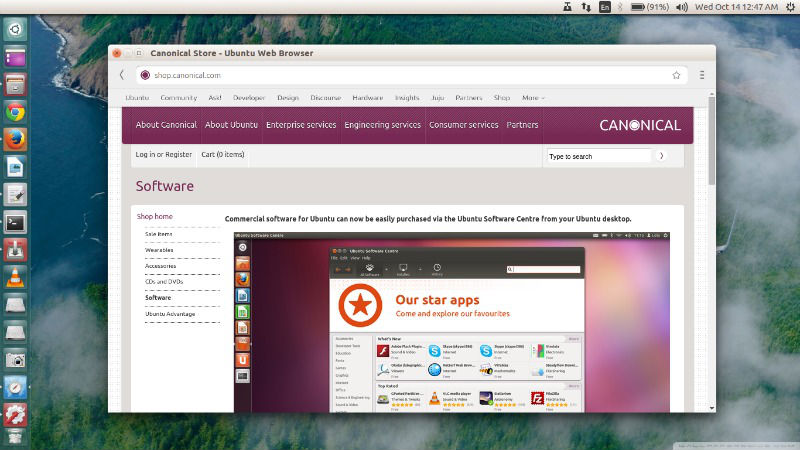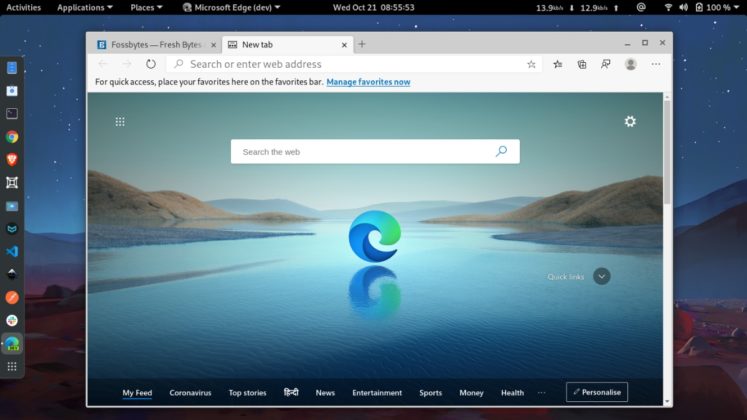

Allow it to run a couple of minutes, and you should see an output confirming a successful installation. This command will ensure all required dependencies for Chromium are downloaded and set up.

On Ubuntu 20, to install Chromium using Snap, enter the following command in a Terminal prompt: This can be done both from the graphical interface or the command line. Installing using Snap #Ĭhromium browser is offered as a snap package by Canonical (the parent company behind Ubuntu). Note: this is different than Chromium headless. We’ll be covering the installation of Chromium browser on Ubuntu 20 in this article. Besides being completely open-source and devoid of any proprietary codecs, it is also the browser of choice by privacy-conscious people as it doesn’t send any tracking data back like with Google Chrome. Popular browsers like Google Chrome, Microsoft Edge, Opera, Vivaldi, and Brave, to name a few, are all based on Chromium.


 0 kommentar(er)
0 kommentar(er)
